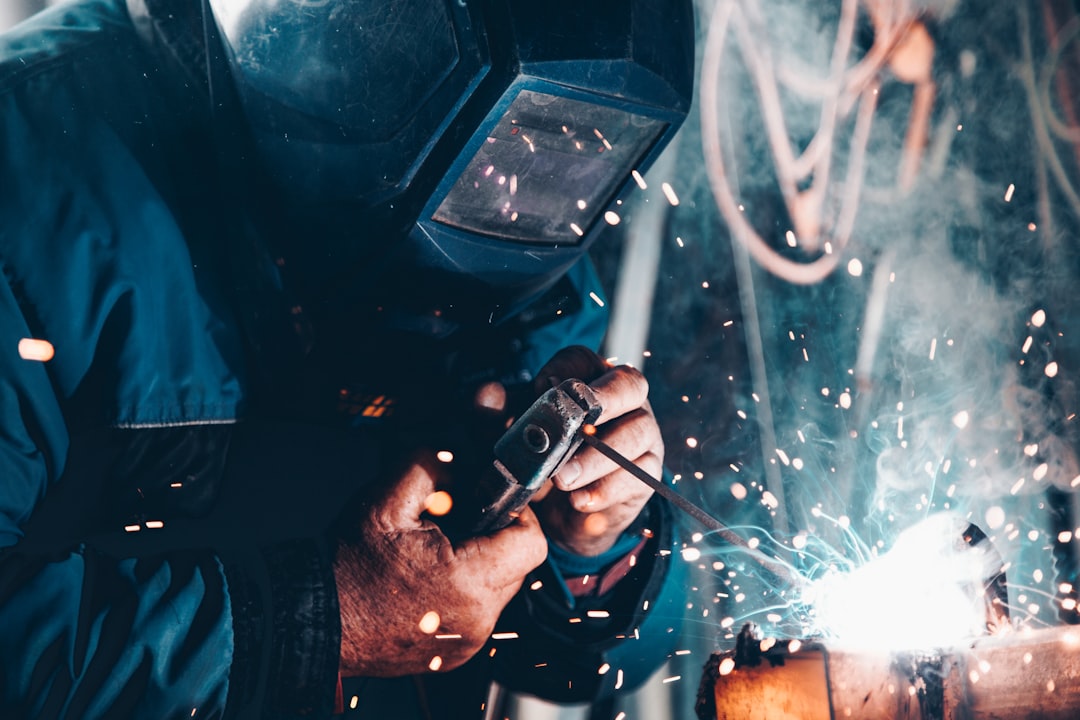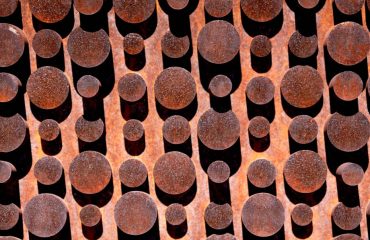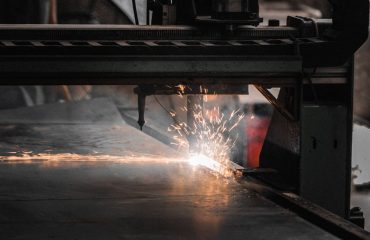The steel industry is constantly evolving, driven by the relentless pursuit of enhanced performance and functionality. This has led to the development of high value-added steel products – materials that go beyond basic steel, offering superior properties tailored to specific applications. This comprehensive guide delves into the fascinating world of these advanced materials, exploring their characteristics, manufacturing processes, diverse applications, and their significant impact on various industries.
1. Defining High Value-Added Steel: Beyond the Basics
High value-added steel isn’t simply a stronger or more durable version of conventional steel. It’s characterized by a combination of enhanced properties achieved through sophisticated alloying, processing, and manufacturing techniques. These improvements often translate to superior strength, corrosion resistance, heat resistance, wear resistance, or a unique combination of these properties. Unlike commodity steel, which is mass-produced and standardized, high value-added steel is often customized to meet the exact requirements of a specific application. This customization, along with the advanced processes involved, results in a higher cost per ton but significantly improved performance and longevity, justifying the premium price.
Examples include advanced high-strength steels used in automotive components for weight reduction and improved safety, stainless steels with enhanced corrosion resistance for demanding environments like chemical processing plants, and tool steels with exceptional hardness and wear resistance for manufacturing tools and dies.
2. Key Properties and Alloying Elements
The superior properties of high value-added steel are achieved through careful selection and precise control of alloying elements. These elements are added to the base iron-carbon steel to modify its microstructure and consequently its mechanical, physical, and chemical properties. Common alloying elements include:
- Chromium (Cr): Enhances corrosion resistance and hardness.
- Nickel (Ni): Improves strength, toughness, and corrosion resistance.
- Molybdenum (Mo): Increases hardenability and high-temperature strength.
- Vanadium (V): Enhances strength and toughness, particularly at high temperatures.
- Manganese (Mn): Improves strength and hardenability.
- Silicon (Si): Increases strength and improves magnetic properties.
The specific combination and proportions of these elements determine the final properties of the steel, allowing for fine-tuning to meet specific application requirements. Advanced techniques like micro-alloying allow for even greater control over the steel’s microstructure and properties.
3. Manufacturing Processes: Precision and Innovation
The production of high value-added steel often involves sophisticated and precise manufacturing processes that go beyond the basic methods used for commodity steel. These processes are crucial in achieving the desired properties and ensuring consistency in quality. Some key techniques include:
- Vacuum Induction Melting (VIM): Removes impurities and allows for precise control of alloying elements, resulting in cleaner and more homogeneous steel.
- Electroslag Remelting (ESR): Further refines the steel, improving its cleanliness and homogeneity, and reducing inclusions.
- Controlled Rolling and Cooling: Precise control of the rolling and cooling processes allows for the manipulation of the steel’s microstructure, leading to specific mechanical properties.
- Thermomechanical Processing (TMP): A combination of thermal and mechanical treatments to optimize the microstructure and achieve enhanced properties.
- Advanced Heat Treatments: Precisely controlled heating and cooling cycles to achieve the desired hardness, strength, and toughness.
These advanced manufacturing techniques are essential in producing high-quality, consistent, and reliable high value-added steel products.
4. Diverse Applications Across Industries
The versatility of high value-added steel makes it indispensable across a wide range of industries. Its superior properties enable the creation of products that are stronger, lighter, more durable, and more resistant to various environmental factors. Some key application areas include:
- Automotive Industry: High-strength steels are used in car bodies, chassis components, and safety features to improve fuel efficiency and safety.
- Aerospace Industry: High-temperature and corrosion-resistant steels are critical for aircraft components and engine parts.
- Energy Sector: Stainless steels and other specialized steels are used in power generation equipment, pipelines, and oil and gas extraction facilities.
- Medical Industry: Biocompatible stainless steels are used in surgical instruments, implants, and medical devices.
- Construction Industry: High-strength and corrosion-resistant steels are used in bridges, skyscrapers, and other large-scale construction projects.
- Manufacturing Industry: Tool steels are essential for the production of various tools and dies used in manufacturing processes.
The demand for high value-added steel is driven by the increasing need for advanced materials in these and other industries.
5. Market Trends and Future Outlook
The market for high value-added steel is experiencing significant growth, driven by factors such as increasing demand from emerging economies, technological advancements, and the need for sustainable and efficient materials. Key trends include:
- Lightweighting: The automotive and aerospace industries are driving demand for high-strength, lightweight steels to improve fuel efficiency and reduce emissions.
- Increased Corrosion Resistance: The need for materials that can withstand harsh environments is driving demand for advanced stainless steels and other corrosion-resistant steels.
- Advanced Manufacturing Techniques: The development of new manufacturing processes is leading to the production of even more sophisticated and high-performance steels.
- Sustainability: The focus on sustainability is driving the development of steels with improved recyclability and reduced environmental impact.
- Smart Materials: Research and development efforts are focused on creating smart steels with self-healing capabilities and other advanced functionalities.
The future of high value-added steel looks bright, with continuous innovation and technological advancements promising even more advanced and versatile materials to meet the evolving needs of various industries.
SEO-Friendly Tags:
- High Value-Added Steel
- Advanced Steel Products
- Specialty Steels
- Steel Alloys
- High-Strength Steel Applications




